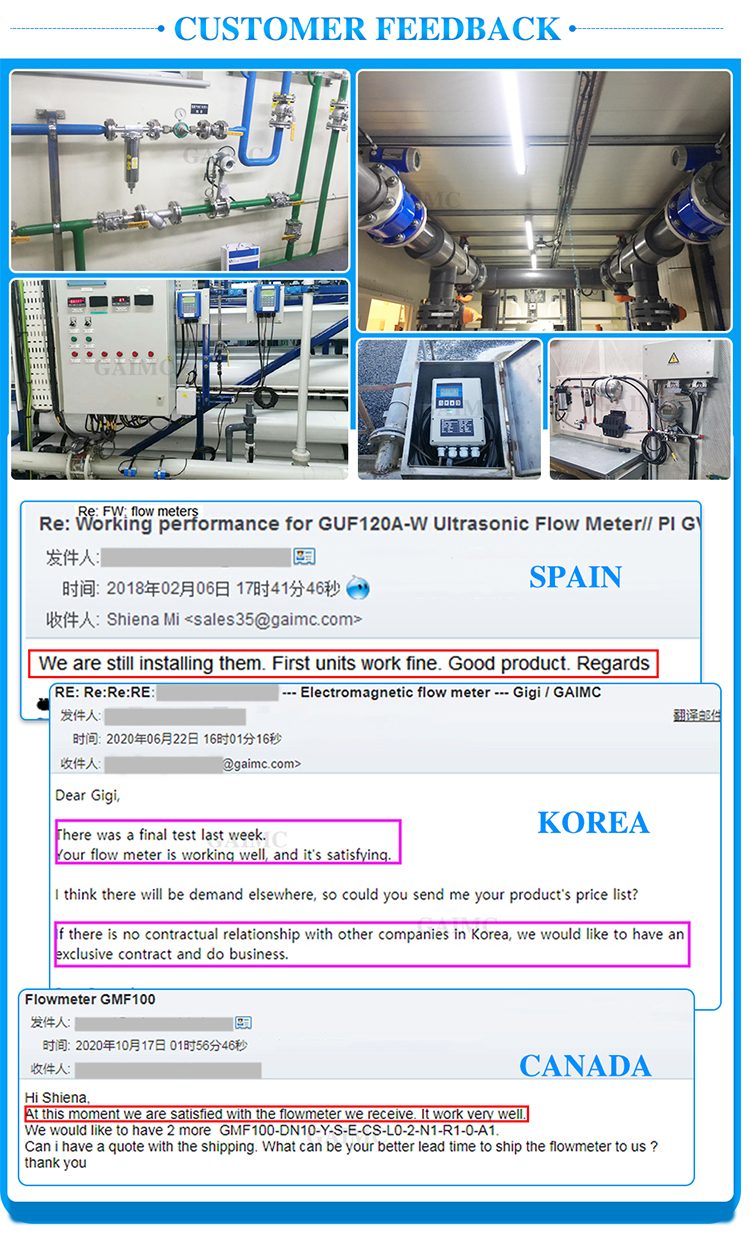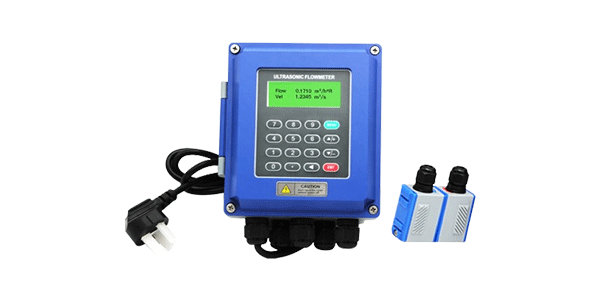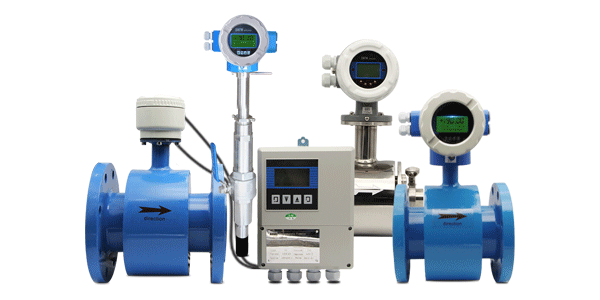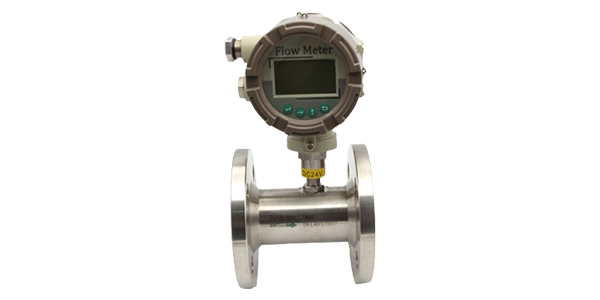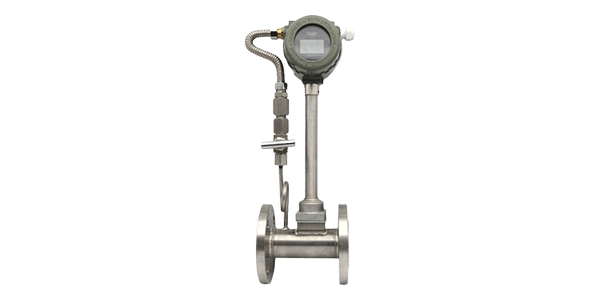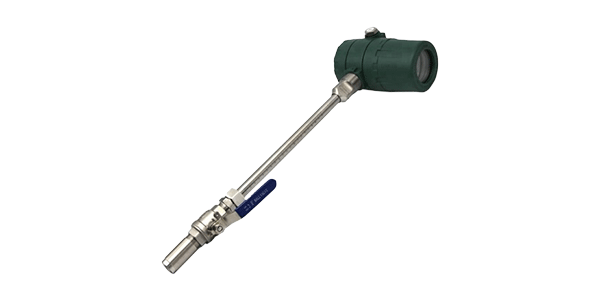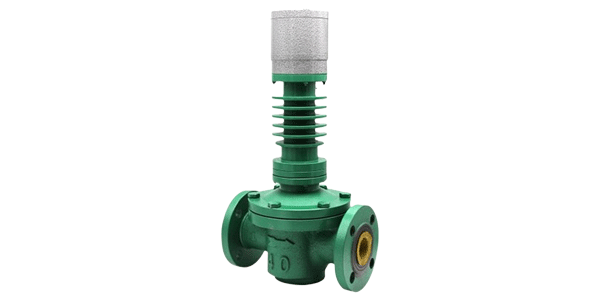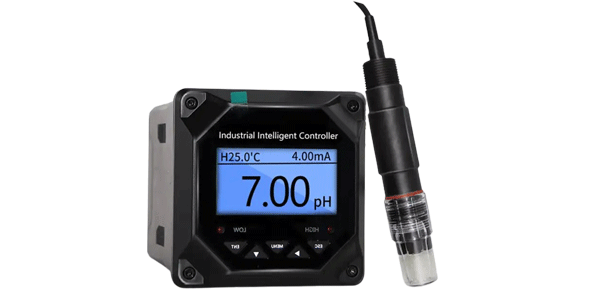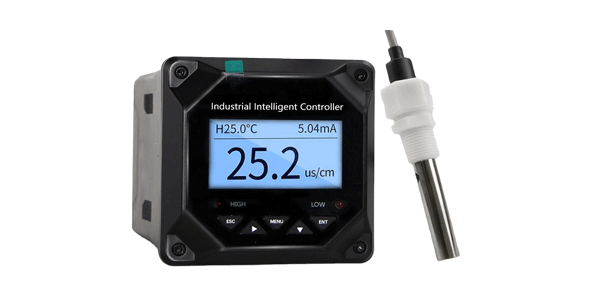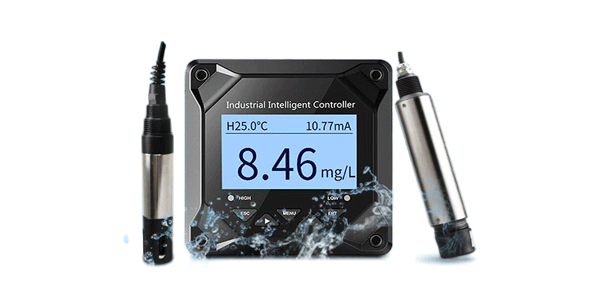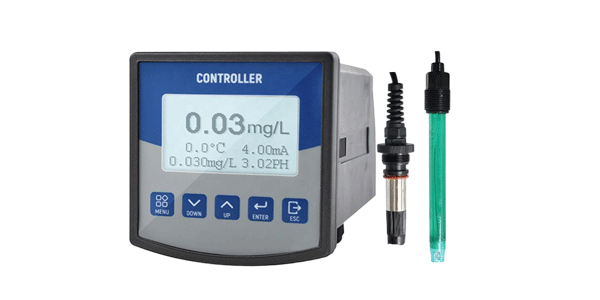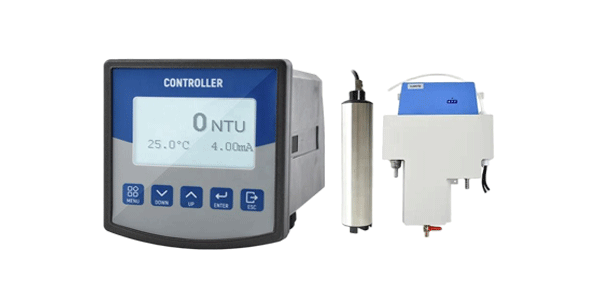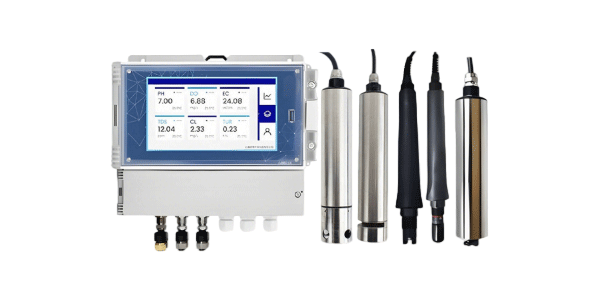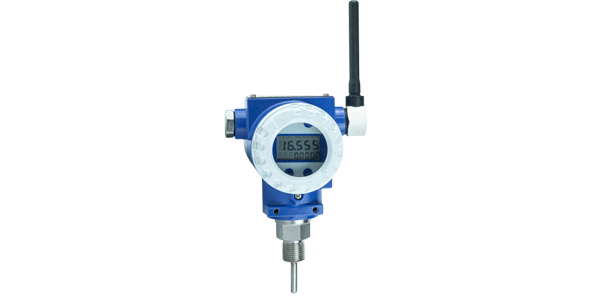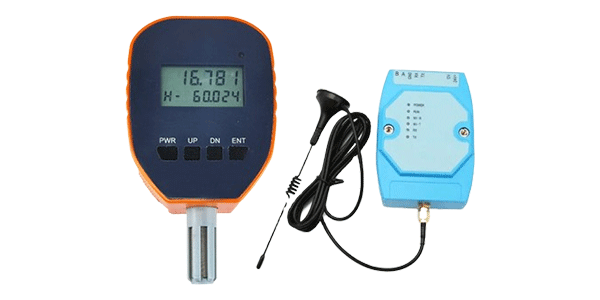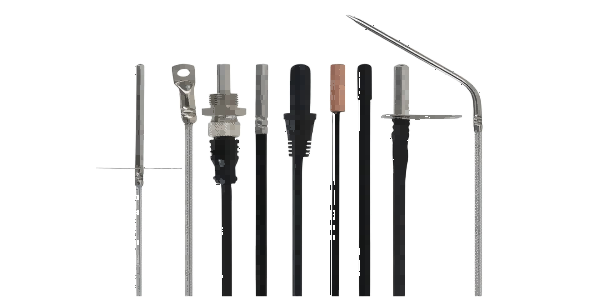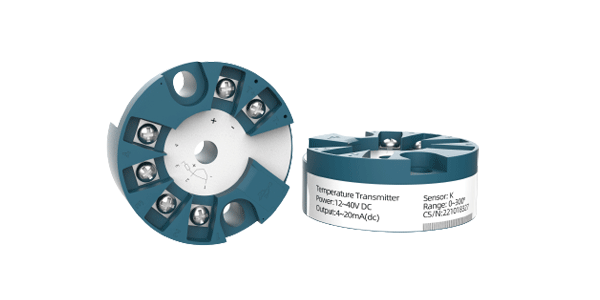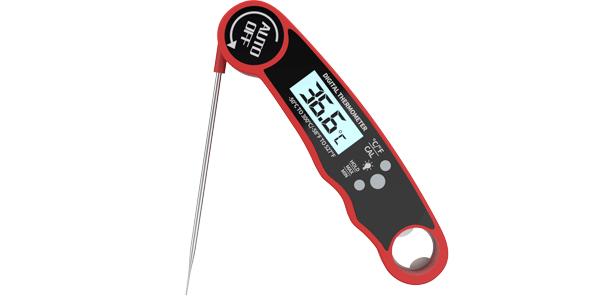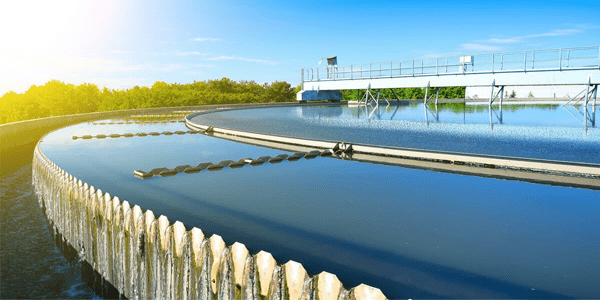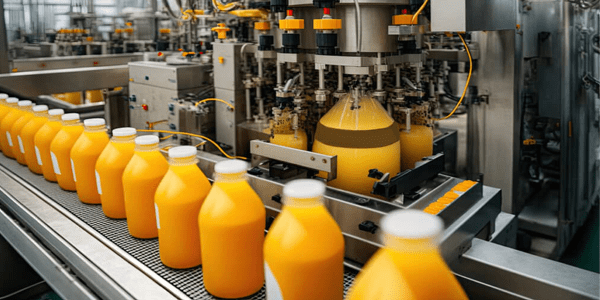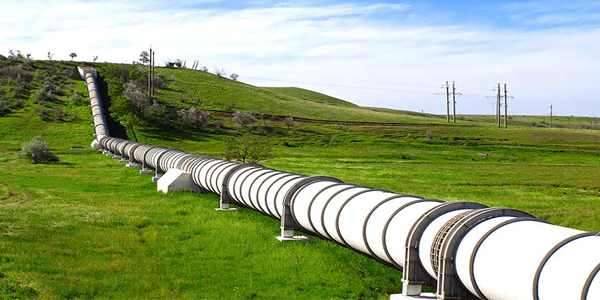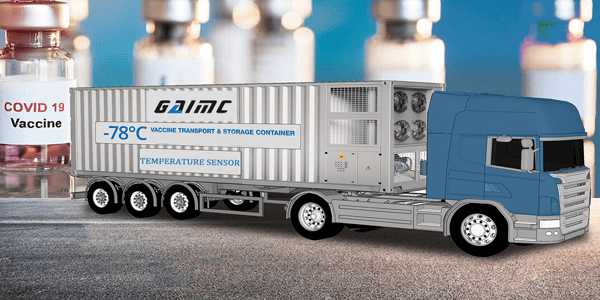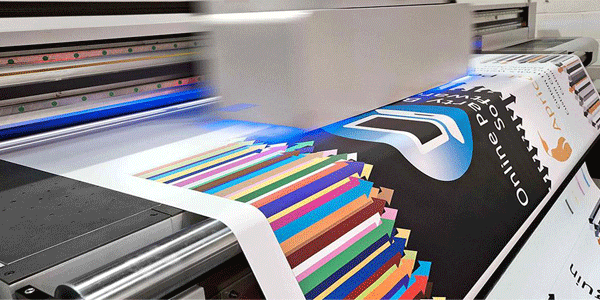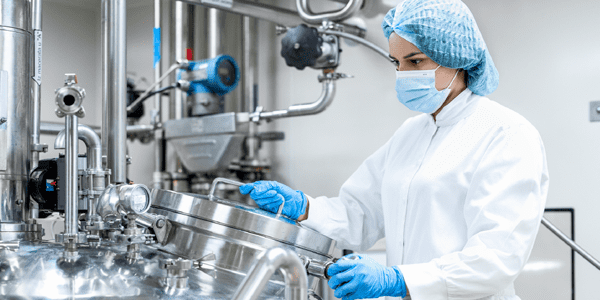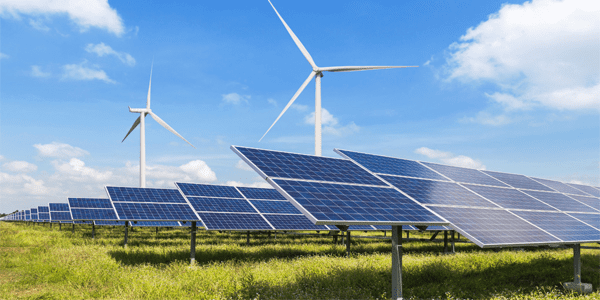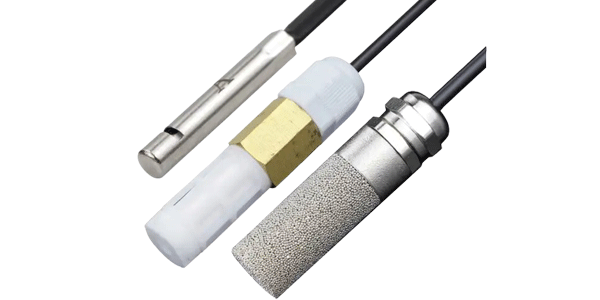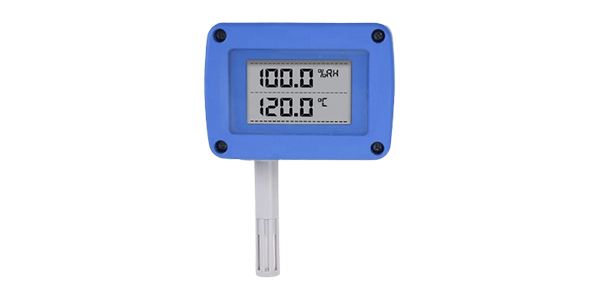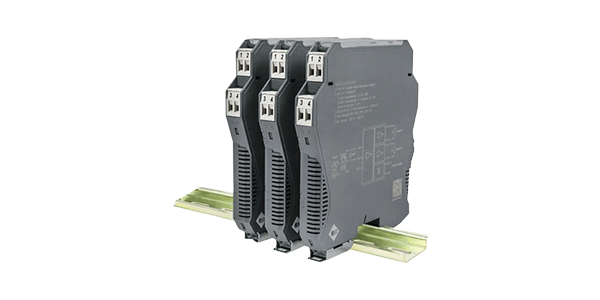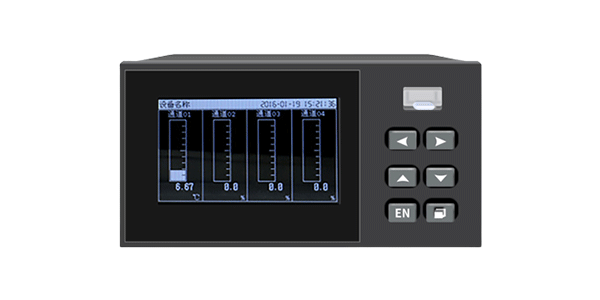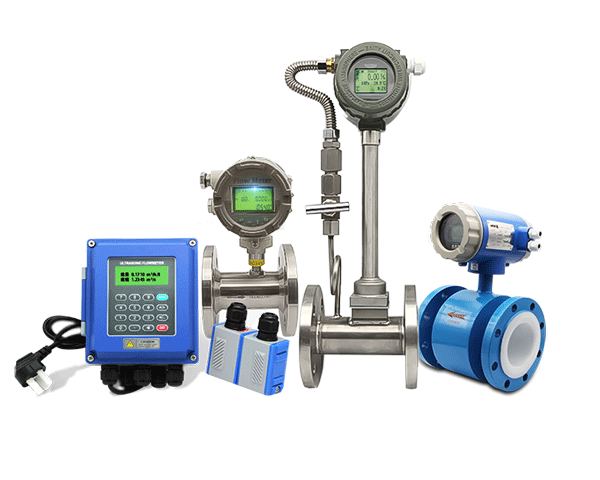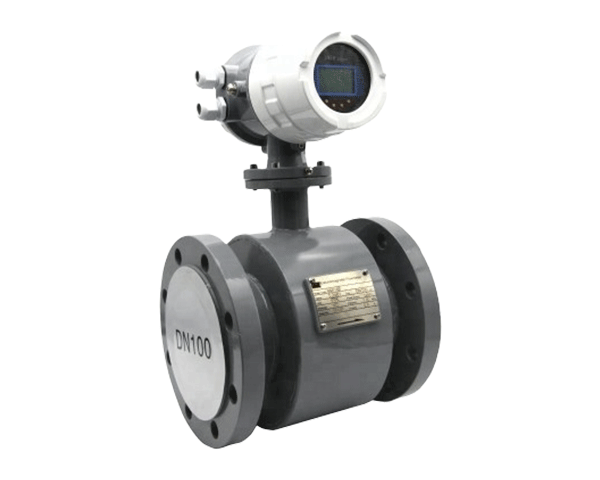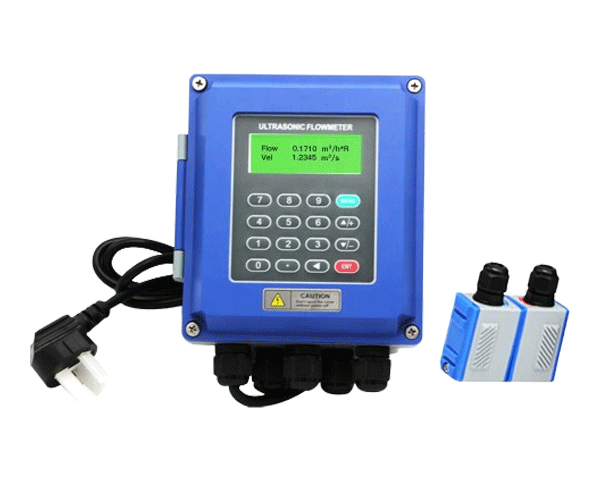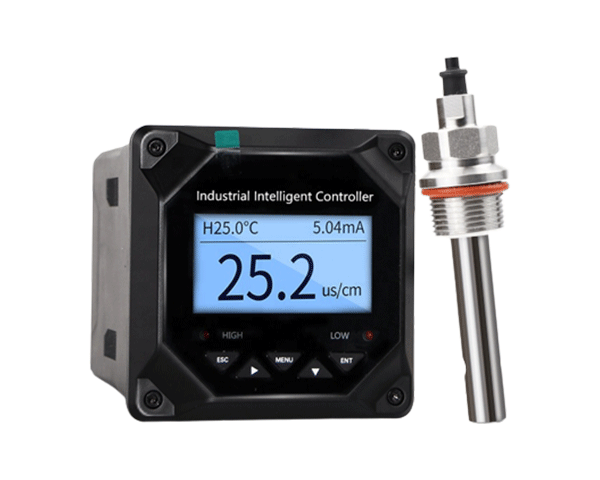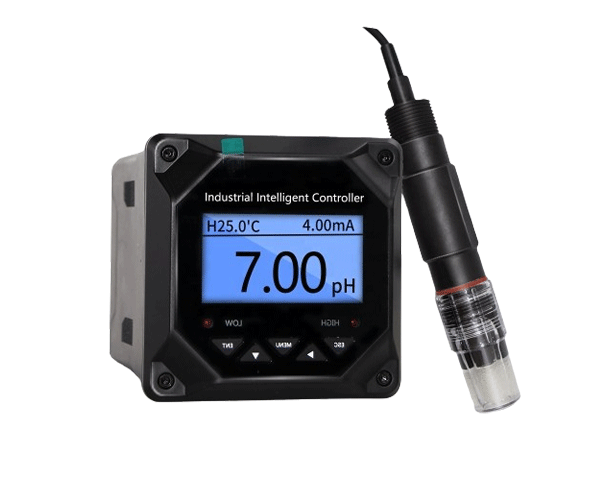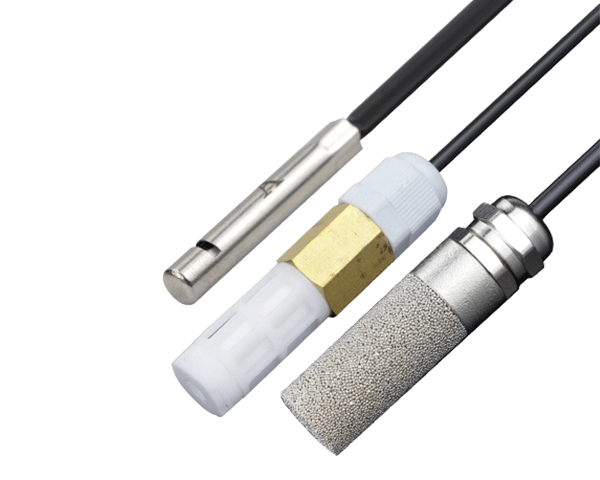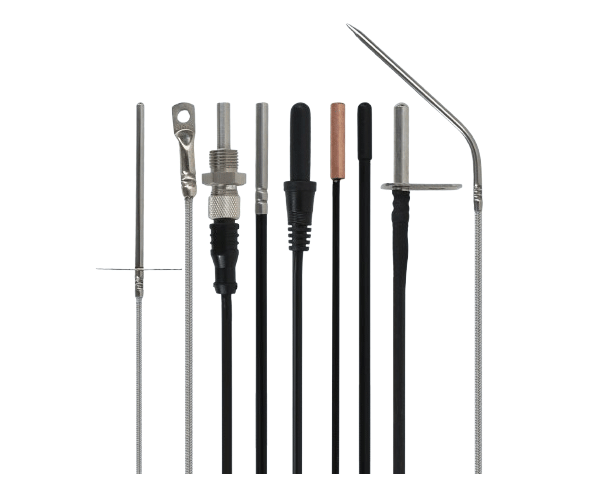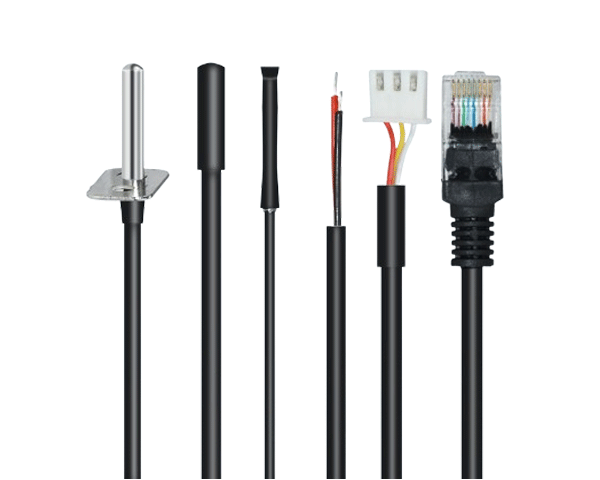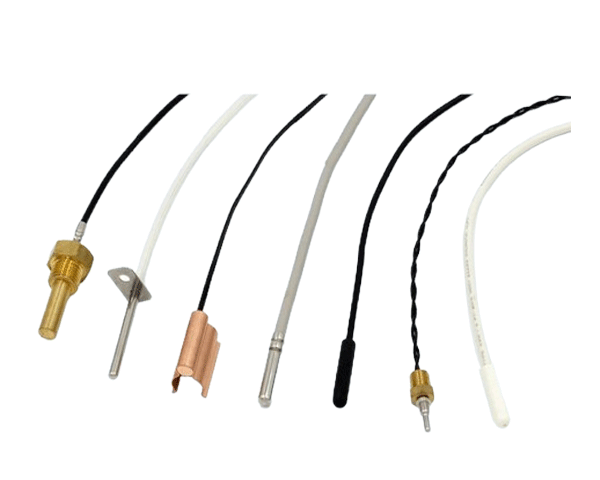What is an electromagnetic flow meter?
An electromagnetic flowmeter is an inductive instrument that measures the volume flow of conductive media in a pipe based on Faraday's law of electromagnetic induction. It mainly consists of three parts: a sensor, a converter, and a display instrument.
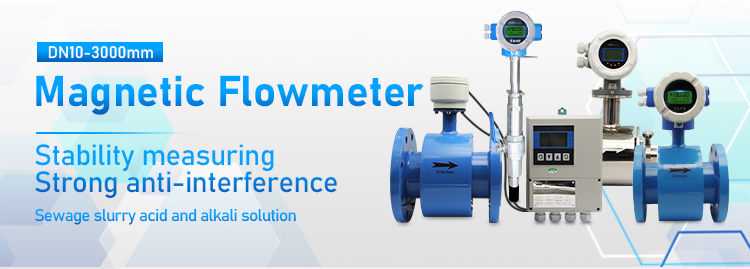
Electromagnetic flowmeters have many advantages, such as simple structure. The sensor part is mainly composed of a magnetic circuit system, measuring pipe, insulating lining, electrode, shell, and interference adjustment machine. All parts work together to make the whole instrument compact and easy to maintain. There is almost no pressure loss during measurement, which is crucial for some pressure-sensitive systems. It can accurately measure the flow without affecting the flow state of the fluid. Sensitive response is also a major feature. It can quickly respond to changes in fluid flow and is suitable for measuring pulsating flow.
Electromagnetic flowmeters have a wide range of applications. For measuring the flow of corrosive liquids in the chemical industry, high-temperature slurries in metallurgy, medicine and health, etc., electromagnetic flowmeters have significant advantages. It can adapt to different conductive liquids, such as acid, alkali, salt solution, and volume flow containing solid particles or fibers. However, electromagnetic flowmeters also have some limitations. For example, they cannot be used to measure low conductivity and low-pressure fluids, and they are susceptible to electromagnetic interference.
How Do Electromagnetic Flow Meters Work in a Magnetic Field?
According to Faraday’s Law (Law of Electromagnetic Induction), the rate of conductive liquid passing through a pipeline is measured with electromagnetic flow meters with sensors. The magnetic field produces electrical signals in the conductor.
When material and magnetic fields move in relation to each other, voltage is created. An electromotive force gives way for the electromagnetic induction produced through the electrical conductor in the magnetic field.
Simply put, electromagnetic meters work by using an electromagnetic field to measure the velocity of a liquid passing through a channel. This information is then used to calculate the flow rate of the liquid.
Faraday’s law proves that the fluid’s pressure is directly proportional to the voltage generated through the liquid’s flow. This simply means that the voltage generated will increase (increased induced voltage) when the flow rate/pressure of the fluid flow increases.
Application of Electromagnetic Flow Meters
Chemical industry:
Electromagnetic flowmeters play an important role in the chemical production process and can be used to measure the flow of various acid-base salt solutions, organic solvents, gas-liquid mixtures, and other media. These media are usually corrosive or conductive, and electromagnetic flowmeters can accurately measure them and are not affected by changes in the characteristics of the media. For example, in chemical companies, for the flow measurement of strong acids and alkalis, electromagnetic flowmeters can stably provide accurate data, helping companies achieve precise control and quality assurance of the production process.
Water treatment industry:
In water supply, sewage treatment, and other occasions, electromagnetic flowmeters can be used to measure the flow of water, sewage, sludge, and other media. The measurement results are independent of the temperature, viscosity, density, pressure, and liquid-solid ratio of the fluid and are particularly suitable for water treatment systems that require continuous and accurate flow measurement. Whether it is urban water supply or industrial sewage treatment, electromagnetic flowmeters can provide key data support for the rational use and treatment of water resources.
Food and Beverage Industry: In the process of food processing and beverage production, electromagnetic flowmeters can be used to measure the flow of various food raw materials, semi-finished products, and finished products. For example, it can be used to measure the proportion and filling of beverages to ensure the accuracy and stability of the production process. The sensor of the electromagnetic flowmeter is easy to disassemble and clean, and the material in contact with the liquid should be non-toxic and harmless and meet food hygiene standards.
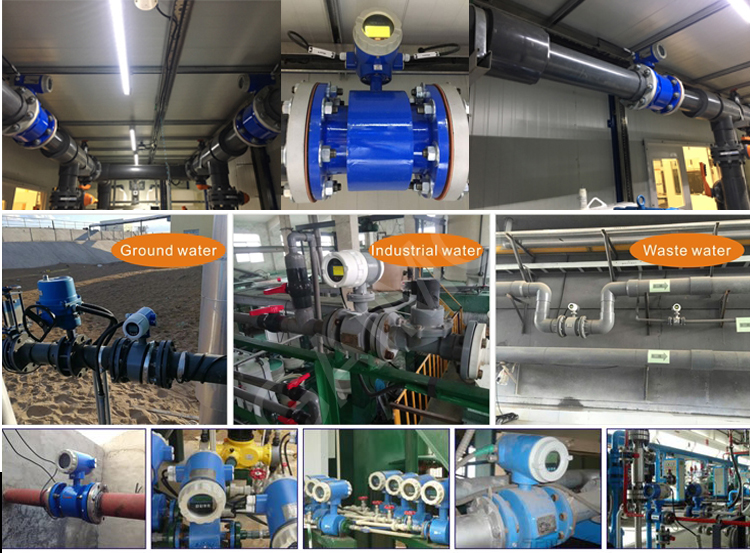
Types of Electromagnetic Flow Meter
Integrated type:
The sensor and converter are installed together at the factory, with a compact structure and easy installation. They can directly generate a standard current signal through the measuring pipeline to reflect the flow rate of the fluid in the pipeline.
Remote type:
The sensor and converter are separated and connected by cables. The advantage is that the converter can avoid working in harsh outdoor environments, making it easier to check and adjust the electronic equipment.
Insertion type:
Inserted into the pipeline to measure fluid flow, usually used for the modification of existing pipelines, without cutting the pipeline for installation
Sanitary type:
It usually adopts the structure of quick disassembly and installation, such as clamps, and the connection part of the pipeline meets the sanitary requirements, which is convenient for daily and frequent cleaning and is suitable for food, medicine, biochemistry, and other industries with high requirements for sanitary conditions.
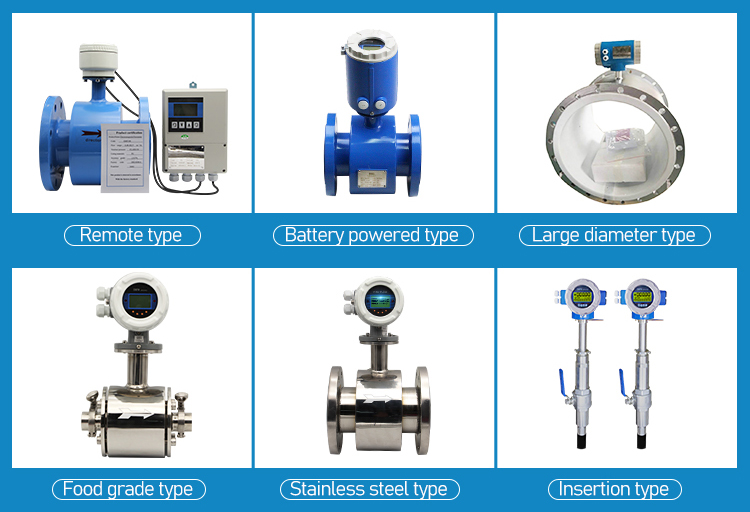
Contact us and learn more about our flow measurement.
